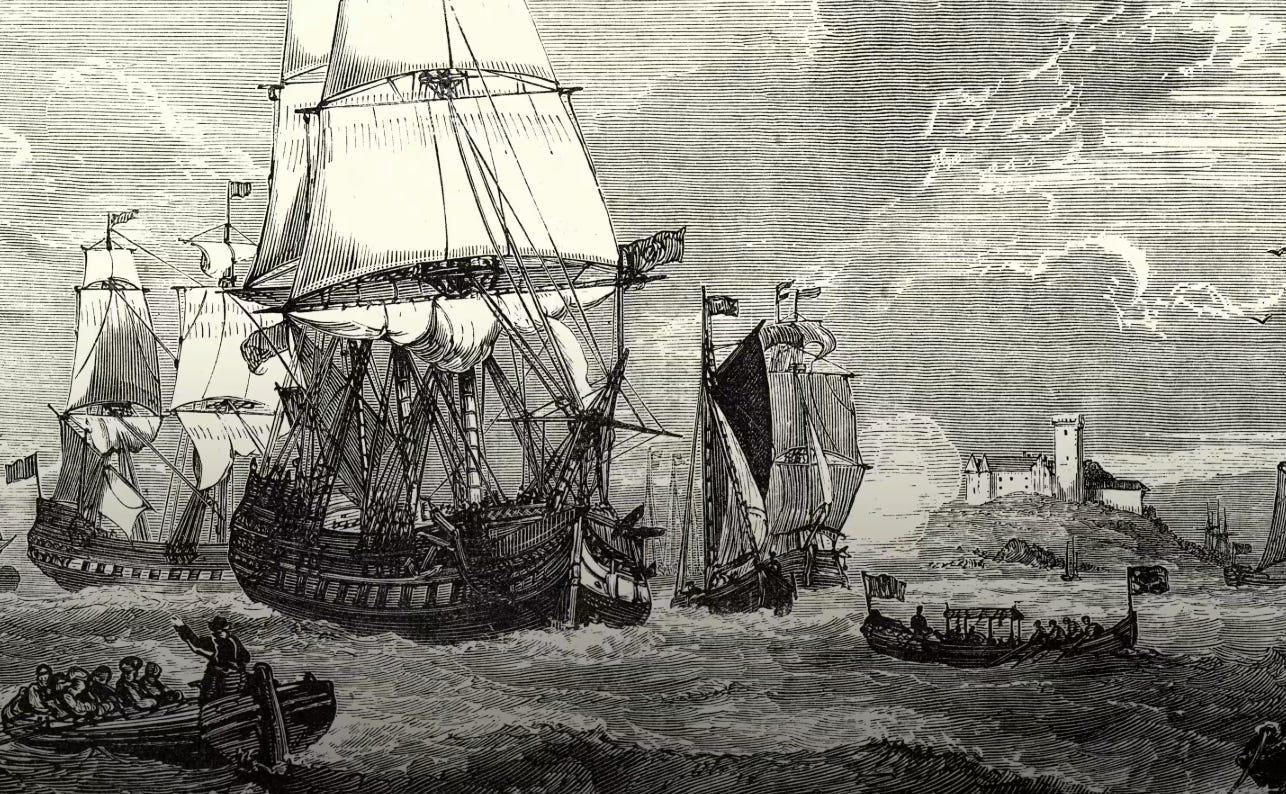The East India Company and the Origins of Corporate Power
The rise of the East India Company as a case study in how early corporate entities shaped global trade, law, and empire
This essay was written by Jibril Moedeen: a student from the UK
In the modern era, multinational corporations exert significant influence over global trade, politics, and law. Yet the foundations of corporate power predate the rise of Silicon Valley or Wall Street. This research paper explores the East India Company, chartered in 1600, as one of the earliest and most striking examples of how legal structures enabled private organizations to exercise public authority. By examining the Company’s corporate design, political entanglements, and imperial activities, this paper argues that its legacy shaped not only the colonial past but also the legal and ethical debates surrounding corporate influence today.
The East India Company (EIC) began as a group of English merchants seeking access to lucrative trade in spices, textiles, and other goods from Asia. Its royal charter granted it a monopoly on English trade in the East Indies, alongside the ability to wage war, build fortresses, and negotiate treaties. This blend of commercial and sovereign powers marked a turning point: the Company was not merely a business, but a political actor operating under a corporate structure.
By the eighteenth century, the Company had become deeply embedded in Indian politics. Following victories at Plassey (1757) and Buxar (1764), it gained revenue-collecting rights in Bengal and administered large territories on behalf of the British Crown. The Company appointed governors, passed regulations, and fielded private armies, effectively acting as a parallel state. Yet its primary loyalty remained to shareholders. Profit, not governance, was its driving aim. The result was a model in which private actors exercised public power without consistent oversight or accountability. Famines, corruption scandals, and mismanagement exposed the risks of such a system.
The Company’s actions sparked fierce parliamentary debates in Britain. The Regulating Act of 1773 and the India Act of 1784 attempted to bring its governance under Crown control, culminating in the eventual dissolution of the Company after the 1857 Indian Rebellion. These developments reflect early legal and political attempts to constrain corporate overreach, setting precedents for modern questions of regulation, liability, and ethical conduct in business.
Comparisons between the East India Company and modern multinational corporations are not just rhetorical. Both operate across borders, influence political systems, and often escape direct public accountability. While today’s corporations do not raise armies or collect taxes, their influence over legislation, public services, and global economies mirrors the concentrated power that the EIC once wielded. Understanding how law enabled the Company’s rise and later tried to control it offers valuable insight into the limits of legal frameworks in regulating corporate influence.
To conclude, the East India Company was not simply a historical anomaly; it was a prototype. Its legal structure, expansive reach, and profit-driven motives shaped the way corporations interact with states and societies. This research paper has traced how a single company blurred the lines between private enterprise and public authority, raising enduring questions about governance, legitimacy, and accountability. As modern corporations continue to shape global affairs, the story of the East India Company remains a cautionary and instructive example reminding us that without clear legal boundaries and ethical standards, corporate power can exceed the control of the states that create it.



